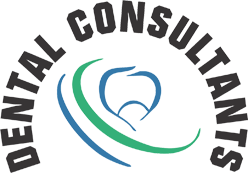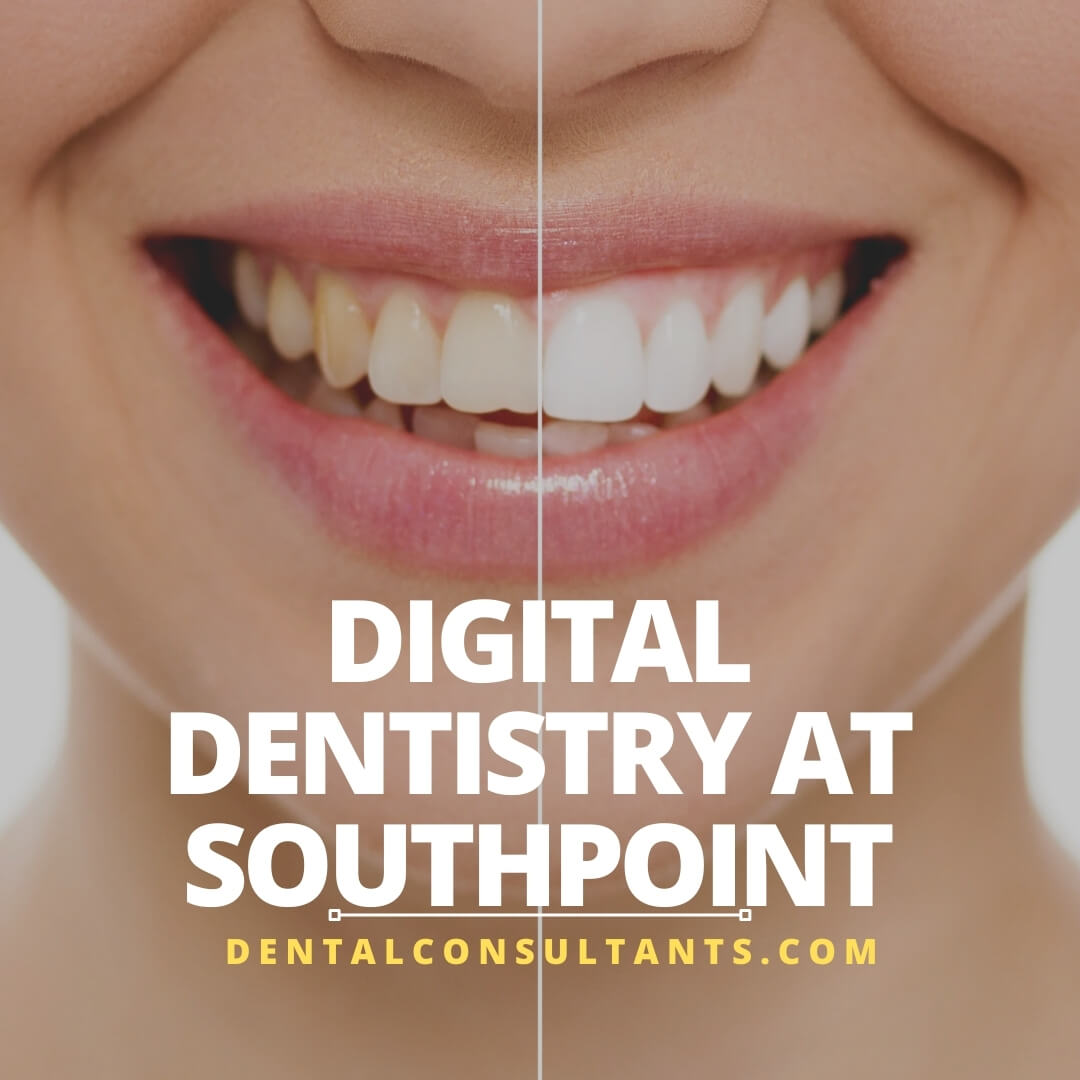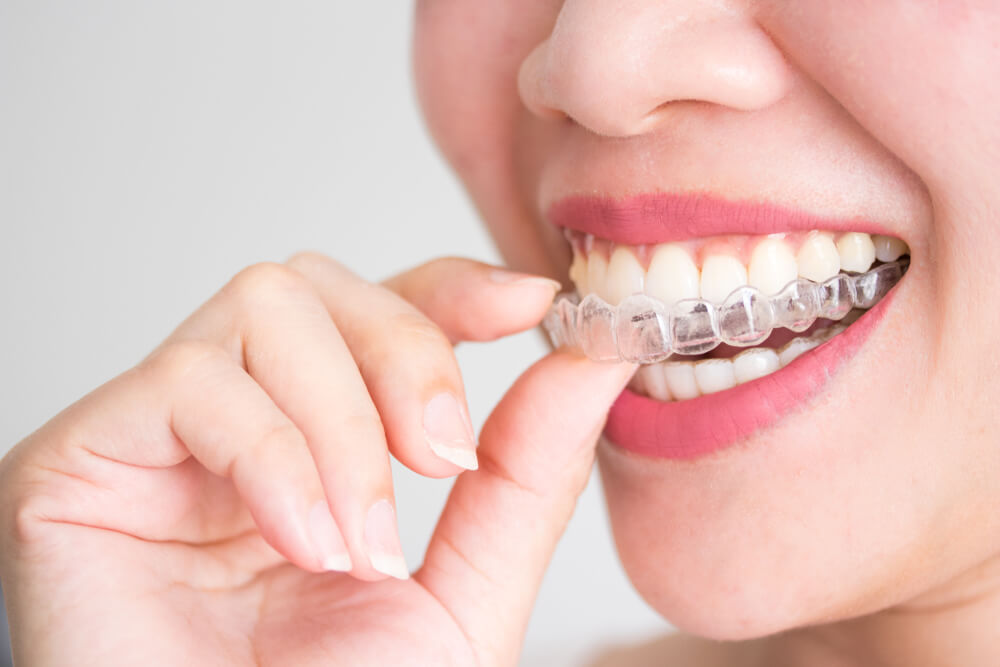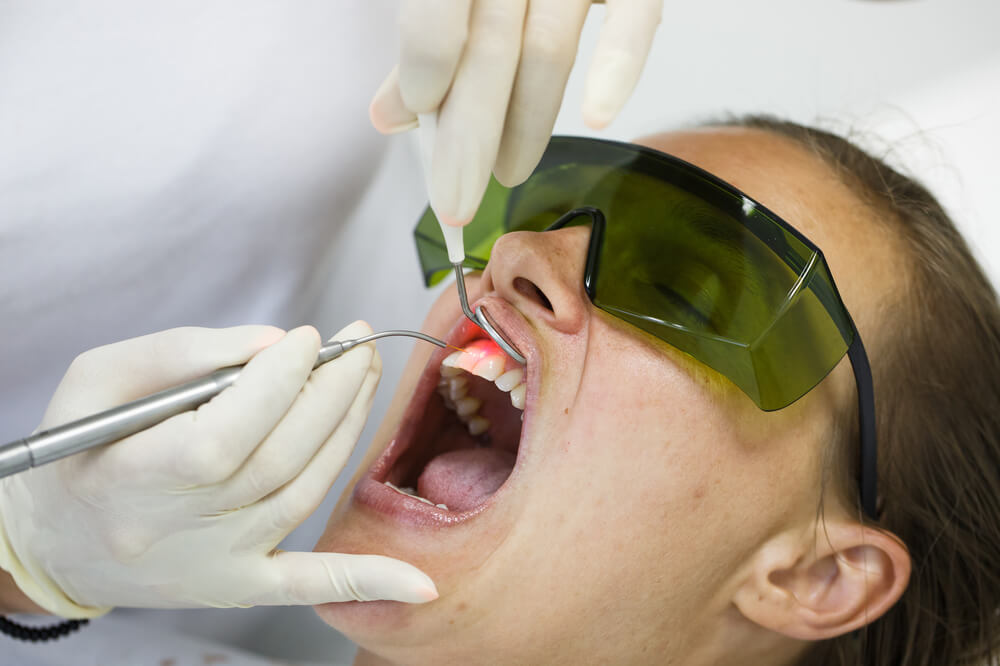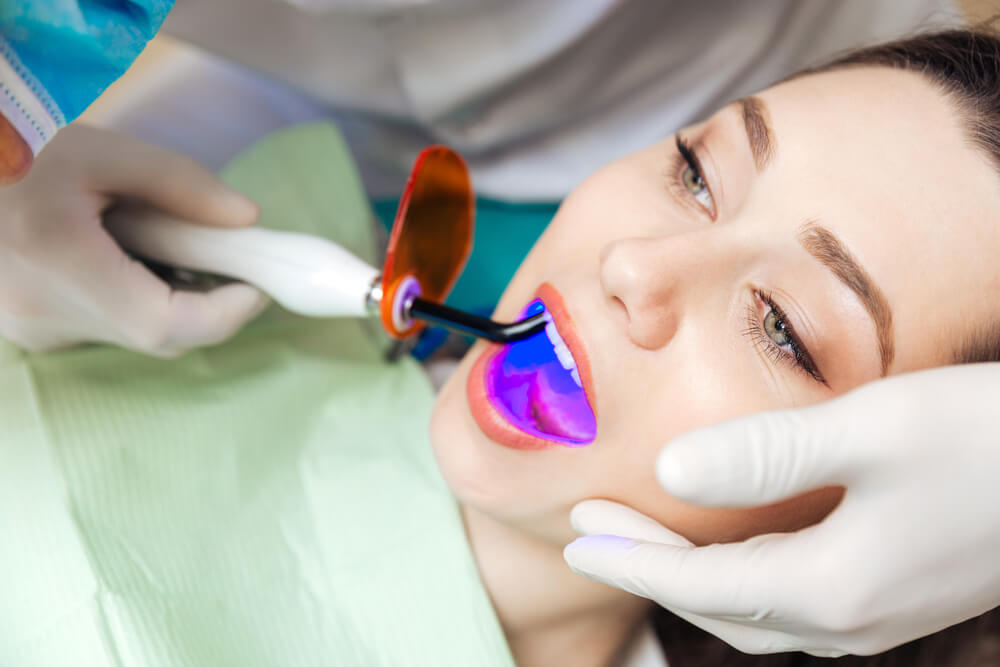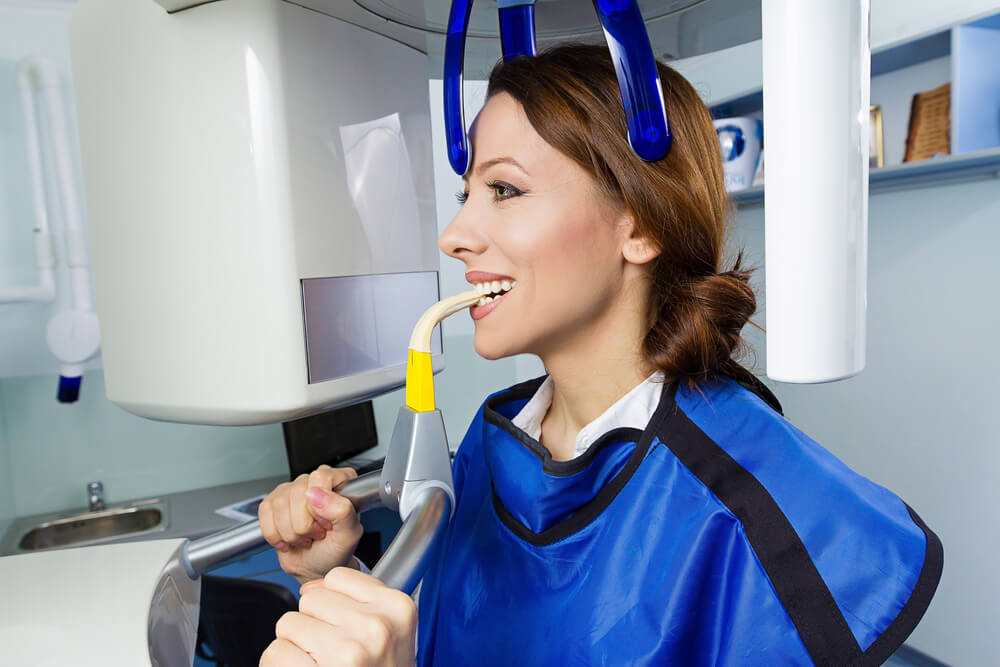While most X-rays can only produce images of your teeth in two dimensions, Dental Digital Tomography allows your Dentist to obtain a three-dimensional view of your tooth and mouth from every angle. The technology even allows a cross-sectional view so your dentist can look inside your tooth.

Dental Digital Tomography involves using a wave to take images of your teeth in sections and then digitally manipulating those images to develop a three-dimensional view.
Dental Digital Tomography
Choose a family dentist or general dentist who uses Dental Digital Tomography to get a full picture of what is happening inside your mouth. With this technology you usually sit upright or stand for about a minute while a machine revolves around your head, taking hundreds of images of your head, jawbone, teeth, nerves, and soft tissue. The computer software reads this information and assembles it into virtual models which your dentist can then manipulate and view.
Benefits of digital tomography include:
Low amount of radiation
- While similar to the concept of a medical CT scan, the radiation involved in dental digital tomography is far lower.
Ease of viewing
- Your dentist can bring the images up on a chairside computer monitor to show you areas of concern with your jaw, gums, and teeth.
Speed
- Today’s advanced digital equipment quickly takes the images and assembles the models so you and your dentist can have an immediate discussion about the treatment options available to you.
More Information
- Decisions about dental care are not made based on the limited information available in two-dimensional X-rays. You and your dentist have a full view of the tooth and surrounding area so you can make informed care choices.
Convenience
- The entire process can be completed right in your dentist’s office
Improved diagnostics
- With better angles and cross-sectional views, your dentist can more accurately diagnose areas of concern in your mouth.
Increased precision
- A better understanding of your jaw and tooth structures helps your dental professional more effectively plan for certain procedures such as dental implants and root canals.
How Much Does a Dental CBCT Scan Cost?

The costs for these scans run generally between $350-600. If the scan is being obtained for a well-documented medical purpose (as opposed to dental purpose determined by a patient’s medical insurance company), the costs for the scan are generally covered, excluding co-pays.
Dental CT Scan Risks – Are Dental CT Scans Dangerous?

After undergoing a dental CT scan, the possible cancer risks related to sex and age across various anatomical regions are not similar. The greatest risk due to a dental CT scan is for a mandible scan when the woman is younger than 45 years.
ChooseYourDentist.com is your go-to source for dental information and dental education. If you are interested in the benefits of digital tomography, use our dental profiles to help find a family dentist or general dentist who can help because Dental-Consultants.Com is “where patients and dentists meet.”
